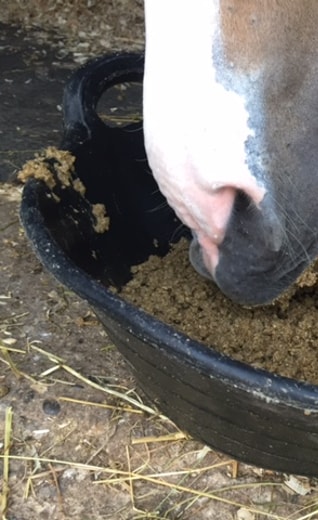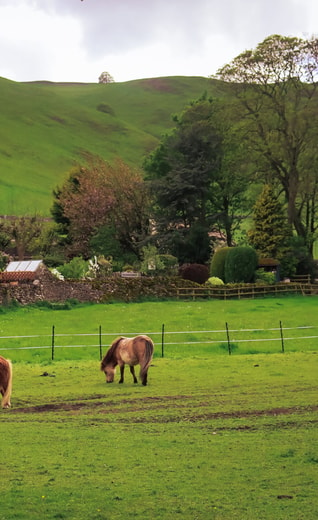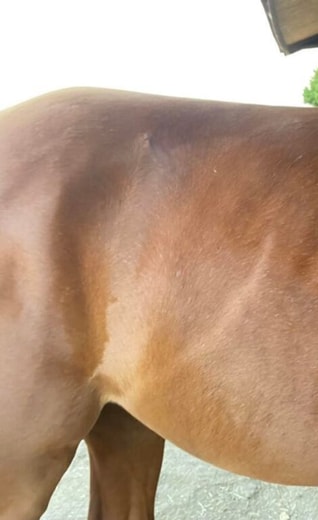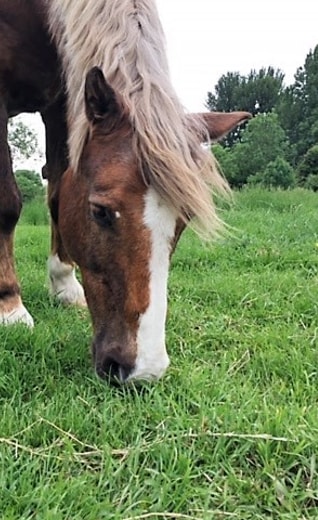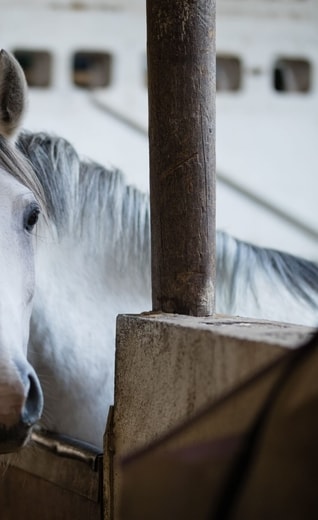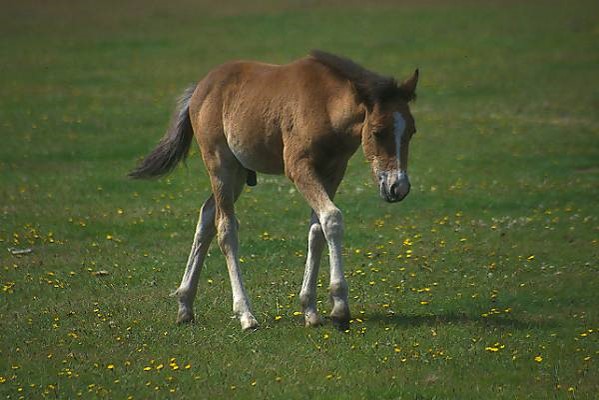
Does alfalfa chaff cause gastric ulcers in horses?
Published January 10, 2018Two recently published studies reported that feeding alfalfa chaff increased the incidence and/ or severity of glandular ulcers. However in some cases these studies have been misinterpreted which has led to confusing and misleading advice. With some now recommending that alfalfa chaff, and in some cases chaff in general, should not be fed to horses prone to ulcers, we thought it time to help set the record straight. Here we review the two studies in question and try to explain what they may or may not mean when it comes to feeding your horse…
Glandular vs. non-glandular ulcers
The horse’s stomach can broadly be divided into two sections; the upper ‘non- glandular region’ where food enters the stomach and the lower ‘glandular region’ where acid is produced. Non-glandular ulcers are likely to be caused by the prolonged exposure of the stomach lining to acid. Glandular ulcers are thought to be the result of a breakdown in the stomach lining’s defence systems.
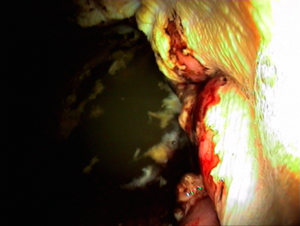
Study 1 (Vondran et al, 2016)
In this study 70 warmblood foals were weaned and randomly assigned to one of the following diet groups:
- 3kg of alfalfa chaff and ad lib hay plus supplementary feed*
- 3kg of alfalfa pellets and ad lib hay plus supplementary feed*
- Ad lib hay plus supplementary feed*
*oats, soya bean meal, vitamins and minerals.

The incidence of gastric ulcers increased from approximately 84% before weaning to almost 100% after weaning in all groups, with the majority of ulcers found in the glandular region regardless of diet. However the severity of ulcers at the exit of the stomach (the pylorus – part of the glandular region) was greater in foals fed alfalfa chaff. It was unclear whether the increase in glandular ulcers was the result of mechanical damage caused by the ‘harsh’ nature of the alfalfa, or by a breakdown in the stomach lining’s defence system caused by the stress of weaning. For this reason, the same group of researchers completed a second study in adult horses.
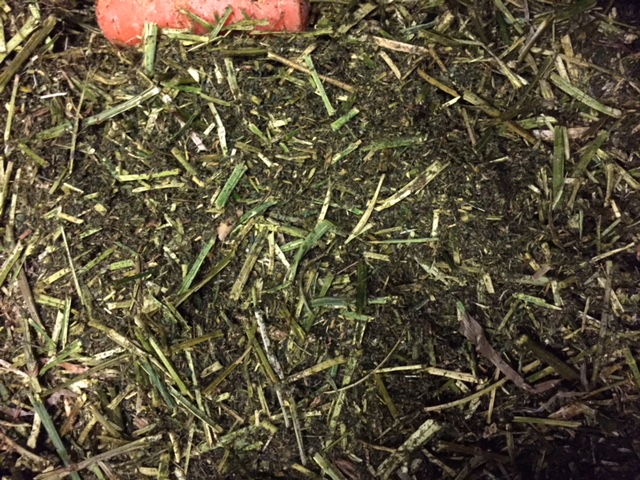
Study 2 (Vondran et al, 2017)
In this study 6 adult horses completed both of the following trial protocols with a 16 day turnout period in between:
- Stabled 24/7 and fed alfalfa chaff only
- Stabled 24/7 and fed grass hay only
Overall, the glandular ulcer scores (at the antrum only) increased from 0 to 2/ 4 (median score) when the horses were fed alfalfa chaff and from 0 to 1/ 4 (median score) when they were fed hay. However neither increase was statistically significant.
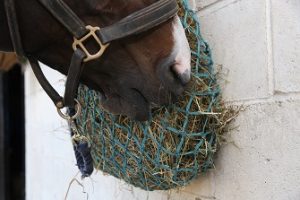
What does this mean?
In the first study feeding alfalfa chaff did appear to increase the severity of glandular ulcers. However it is important to note that the increase in ulcer scores in the second study failed to reach statistical significance (a measure of reliability), possibly due to the small number of horses. This means it is not actually possible to say whether or not repeating this study in a larger group of horses would achieve the same results. Whilst these results need further investigation they should, as with all research, be interpreted with care.
- The texture and length of alfalfa chaff can vary significantly. The alfalfa chaff fed in both studies was described as ‘harsh’ and therefore the increase in glandular ulcers could have been the result of mechanical damage as suggested by the authors. In the first study for example, glandular ulcers increased significantly at the pylorus which is an area that may be particularly susceptible to mechanical damage.
- The degree and/or risk of mechanical damage may also be influenced by the amount of alfalfa fed. In both studies, alfalfa chaff was fed at relatively high levels compared to typical UK diets – equal to 7.5kg per day for a 500kg horse in the second study.
- It is important to remember that feeding chaff/ chopped fibre may provide a number of benefits, including increased chewing time which in turn increases saliva production thus helping to buffer stomach acid. Alfalfa is naturally high in protein and calcium which is thought to increase its buffering capacity. A study recently published in collaboration with SPILLERS (Luttherson et al, 2017) was the first to show that appropriate dietary management can maintain the positive effect of omeprazole treatment, even after treatment has stopped. The trial diet in this study included WINERGY Equilibrium Growth (from our sister brand WINERGY Equilibrium), a chopped fibre feed containing alfalfa.
There is currently insufficient evidence to suggest that we should stop feeding chaff per se either with or without alfalfa, to horses prone to ulcers. Numerous research groups continue to investigate Equine Gastric Ulcer Syndrome and the majority continue to recommend feeding chopped fibre, including some alfalfa.
For more advice on feeding horses prone to gastric ulcers contact the SPILLERS Care-Line
References
Luthersson N, Bolger C, Fores P, Barfoot C, Nelson S, & Harris P (2017) Effect of changing diet on gastric ulceration in exercising horses and ponies following cessation of omeprazole treatment. Colic symposium Kentucky Equine Veterinary Education Volume 29, Issue S8. Page 19
Vondran S., Venner M., Vervuert I. (2016) Effects of two alfalfa preparations with different particle sizes on the gastric mucosa in weanlings: alfalfa chaff vs. alfalfa pellets. BMC Veterinary Research 12:110; DOI 10.1186/ s12917-016-0733-5
Vondran S., Venner M., Coenen M., Vervuert I. (2017) Effects of alfalfa chaff on the gastric mucosa in adult horses. Pferdeheilkunde 33, 66-71; DOI 10.21836/PEM20170109
